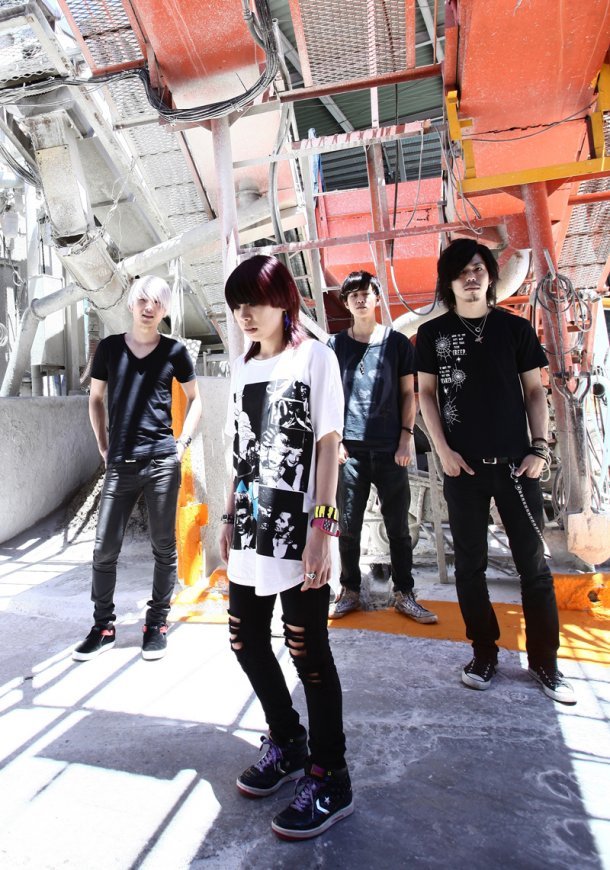

Consistently, Wnt4 downstream genes beta-catenin and Axin were also overexpressed. Mechanistically, renal mRNA and protein expression of Wnt4, a Wnt signaling ligand, was increased in the adenine-treated group, compared to the vehicle-treated control. These effects were accompanied by attenuation of proteinuria and renal pathological changes and suppression of renal mRNA and protein overexpression of Collagen IV and fibronectin, two of the key components of fibrosis. Similar to the positive control losartan, ZWT extract inhibited adenine-induced increase in serum concentrations of creatinine, BUN and advanced oxidation protein products in rats.

The gene expression was analyzed by real time PCR and Western blot. The kidneys were examined pathohistologically. The serum biochemical parameters were measured enzymatically or by ELISA. To better understand its clinical use, this study investigated the effects and underlying mechanisms of action of ZWT on CRF. Zhen-wu-tang (ZWT), composed of Radix Aconiti lateralis, Rhizoma Atractylodis macrocephalae, Poria, Radix Paeoniae alba and ginger, is a classic Chinese herbal formula for the treatment of chronic kidney diseases that may cause chronic renal failure (CRF). La, Lei Wang, Lili Qin, Fei Jiang, Jian He, Songqi Wang, Chunxia Li, Yuhao Zhen-wu-tang ameliorates adenine-induced chronic renal failure in rats: regulation of the canonical Wnt4/beta-catenin signaling in the kidneys. The prescriptions containing Zhen Dan in the Zheng lei ben cao ( Classified Materia Medica ) was put under the "attached prescriptions" of Qian Dan, while Zhong yao da ci dian ( Great Dictionary of Chinese Materia Medica )and Zhong hua ben cao ( Chinese Herbology )all definitelyconfirmed that Zhen Dan is the other name of Qian Dan, which are wrong and should be corrected. It can be ruled out that Zhen Dan is the nickname of Qian Dan (Minium, Pb(3)O(4)) through the homologous formulas contrast. Zhen Dan, the abbreviated form of Zhen Dan Sha, or called Zhu Sha (Cinnabar, HgS). The portion of Mian xue tang zhen jiu ji cheng (Mianxuetang's Complete Work of Acupuncture and Moxibustion) universally recognized to be unique, was plagiarized from Zhen jiu jing yan fang. However, there were mistakes on its writing date as described in the books of acu - moxibustion history in former reports. The book, Zhen jiu jing yan fang (Experiential Recipe on Acupuncture and Moxibustion), written by Xu Ren, an imperial physician of Korea was completed in the 4th year of Renzu emperor (1644), and was an important work for the history of Korean acupuncture and moxibustion.
Uplift spice memento zi manual#
This great achievement of Le family was no less than the recasting of the Tiansheng bronze statue and the reengraving Tong ren shu xue zhen jiu tu jing ( Illustrated Manual of Acupuncture Points of the Bronze Figure ) by support of state power for building the Beijing Imperial Hospital in the eighth year of the Zhengtong reign (1443). More than 200 years later, Le Jingyu, the 12th generation of the Le family revised Ming Tang Tu inherited from his ancestors and engraved Ming Tang Tu on the stone for its standardization. While compiling this book, he also made a replica of Ming-Dynasty's Zhengtong bronze statue.

The editor of this book is Le Xianyang, the founder of Tong Ren Tang. This compilation process of Mian xue tang zhen jiu ji cheng ( Mian Xuetang ' s Synthetic Work of Acu - moxibustion )was quite mysterious, the book's advent coincidentally met with several major historical events which made its value of decoding its historical functions far beyond its academic value.


 0 kommentar(er)
0 kommentar(er)
